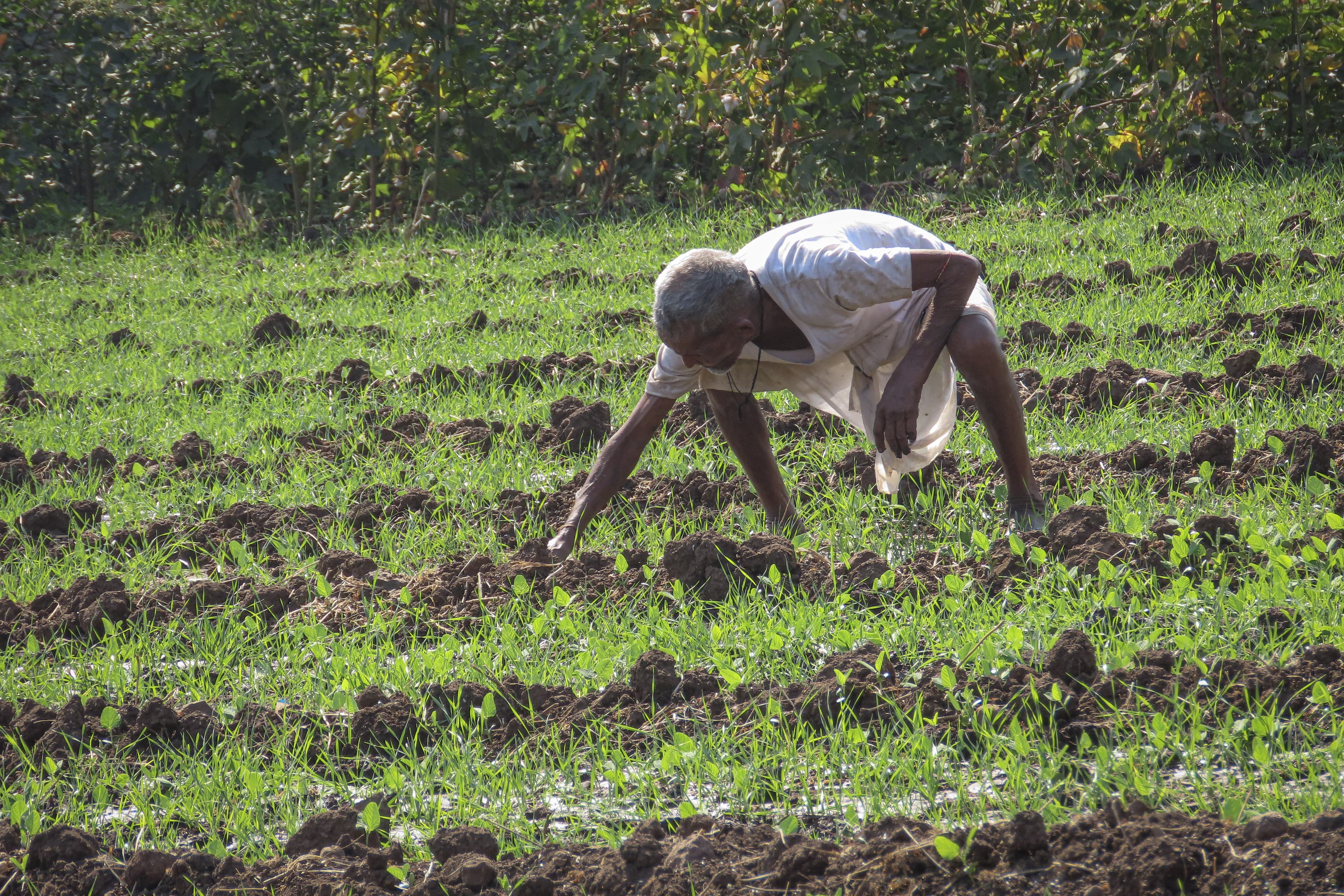
About
The Regenerative Production Landscape Collaborative (RPLC) being implemented in Madhya Pradesh, India, aims to foster agricultural ecosystems that conserve and enhance natural resources while building community resilience and enabling businesses to source responsibly. The RPL Collaborative seeks to form and strengthen two regional Compacts by 2026. A Compact is a local multi-stakeholder coalition in a sourcing region that brings together the government, private sector companies, civil society organizations, and farmer producer groups or cooperatives to address sustainability challenges in a coordinated, time-bound, and resource-committed manner. Through these Compacts, stakeholders work together to enhance the sustainability and productivity of land and secure community livelihoods while ensuring the protection and regeneration of natural resources.
The Western Madhya Pradesh Compact covers eight districts—Alirajpur, Barwani, Burhanpur, Dhar, Khandwa, Khargone, Ratlam, and Jhabua—spanning 4.4 million hectares across five distinct agro-climatic zones. Building on the legacy of sustainable cotton programs supported by the Laudes Foundation and local partners such as ASA and AKRSPI, the Compact now aims to promote a landscape-level approach that enables year-round, cross-commodity engagement to build a business case for smallholder inclusion in sourcing and service delivery systems.
Similarly, the Chhindwara Compact, located in the Satpura range of the Central Indian Highlands, spans 1.18 million hectares across 11 development blocks and focuses on three—Sausar, Pandhurna, and Mohkhed. This region, home to ecologically sensitive forests and indigenous communities, seeks to balance ecosystem protection with livelihood enhancement.
Impact Areas
- Restoring and revitalizing soil health and soil carbon content
- Improving smallholder incomes towards a living income.
- Reducing greenhouse gas emissions from agricultural and allied activities.
- Improving access to and management of water as a resource.
- Preserving and enhancing biodiversity through natural based-based solutions.
- Improving gender equality and impowerment of woment in the community in social economic spaces.
2021-2026 Goals
Outputs towards System Change and Landscape Governance
- 1 state-level multistakeholder council
- 2 regional public–private compacts
- 300,000+ hectares under landscape governance
- 120,000+ farmers with access to capacity building, credit, and inputs that adopt regenerative practices
- 15+ companies and traders working towards business cases benefitting people, nature, and economy
- At least 50% co-funding leveraged from private sector and financial sector
- 100,000+ hectares of cropland where sustainable land management practices are applied
- Model for incentivizing ecosystem services
- Private sector has increased access to sustainably produced commodities
- Improved access to finance and leverage of investment across the value chain from smallholders to makers

